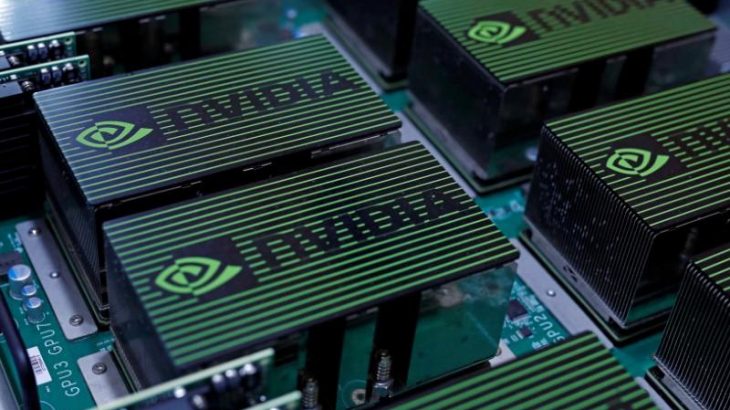

Clock specifications apply while gaming with medium to full GPU utilization. Note: The above specifications represent this GPU as incorporated into NVIDIA's Founders Edition or reference graphics card design. Power requirements can be different depending on system configuration.
#Nvidia graphics cards ranked Pc#
Other display configurations may be possible based on available bandwidthĥ - Idle power measured with GPU running at idle at the Windows desktop for 10 minutesĦ - Video playback power measured using AV1 codecħ - Average gaming power is measured across 22 games at 4K, 1440p, and 1080pĨ - Minimum is based on a PC configured with a Ryzen 9 5900X processor.2 independent displays at 4K 240Hz or 8K 60Hz with DSC using DP or HDMI.4 independent displays at 4K 120Hz using DP or HDMI.

With dual DP 1.4a + DSC, up to 8K HDR at 120HzĢ - As specified in HDMI 2.1a: up to 4K 240Hz or 8K 60Hz with DSC, Gaming VRR, HDR Up to 8k 12-bit HDR at 60Hz with DP 1.4a + DSC or HDMI 2.1 + DSC. We can expect to start seeing all three of these new cards in entry-level laptops as soon as spring 2022.1 - Up to 4k 12-bit HDR at 240Hz with DP 1.4a + DSC. Just recently, the manufacturer launched a 12GB variant of the desktop version of the RTX 2060. It’s interesting to see that Nvidia continues the Ampere line even with the upcoming Ada Lovelace RTX 40-series graphics cards already on the horizon. They are also going to work with Nvidia Optimus, meaning they should offer a good balance of long battery life and gaming performance. Being part of the current Ampere line of GPUs, the same as some of the best graphics cards on the current market, they’re entry-level cousins to the RTX 3000 line.Īccording to Nvidia, all three cards are going to support ray tracing, Reflex, Broadcast, and Nvidia DLSS. They are entirely new units and not much is known about them except the architecture they are based on. Nvidia hasn’t revealed much about the new GeForce MX570 and MX550 graphics cards. It should still be able to stand its ground in many games, especially with a little compromise in terms of settings. Nvidia’s new release also has a boost clock of up to 1,477MHz which is slightly lower than the maximum of 1,560MHz found in the RTX 2060.Īlthough there are similarities between the RTX 2050 and the RTX 2060, RTX 2050 seems to be aimed at the entry-level segment, so the lower bandwidth can definitely be excused. The upcoming RTX 2050 has 4GB of GDDR6 memory clocked at 14Gbps, but due to its 64-bit bus interface, it has only 112GB/s of bandwidth compared to the 336GB/s provided by the laptop version of the RTX 2060. It also has a fairly balanced TGP (total graphics power) of 45 watts. It’s based on the TU106 GPU with 2,048 cores, meaning it has the RTX 2060 beat, as the older GPU has 1,920 CUDA cores.

The Nvidia GeForce RTX 2050 graphics card is based on the previous-generation Turing architecture, but the MX570 and MX550 are both based on the current Ampere.Īlthough the RTX 2050 represents an older architecture, it’s a brand-new graphics card that actually rivals the laptop version of the RTX 2060. Nvidia’s new laptop GPU lineup is made up of two different architectures. We now know more about their specifications. Nvidia has just announced the upcoming release of three new graphics cards: The GeForce RTX 2050, GeForce MX570, and GeForce MX550.Īll three cards are aimed at entry-level laptop gaming.


 0 kommentar(er)
0 kommentar(er)
